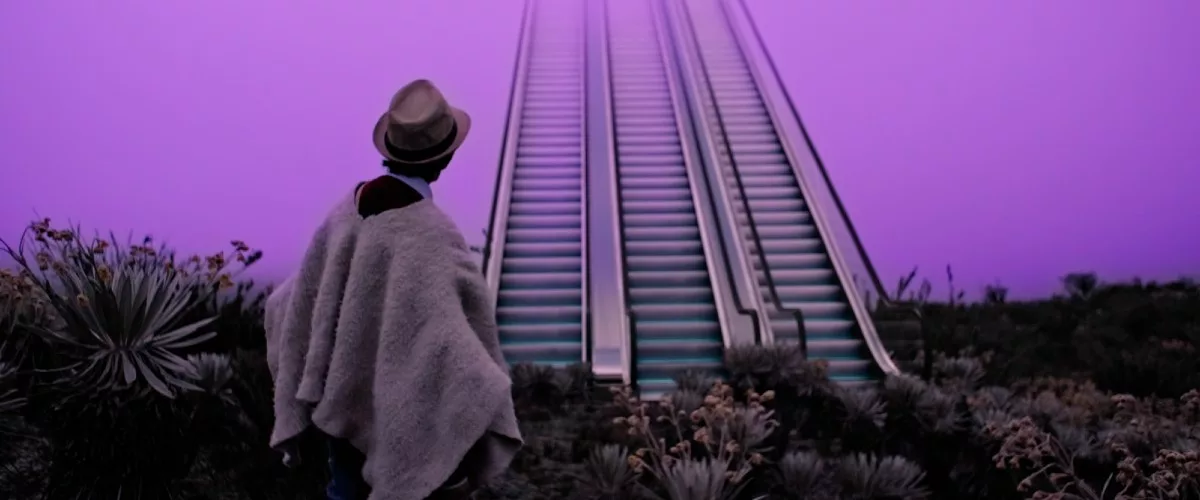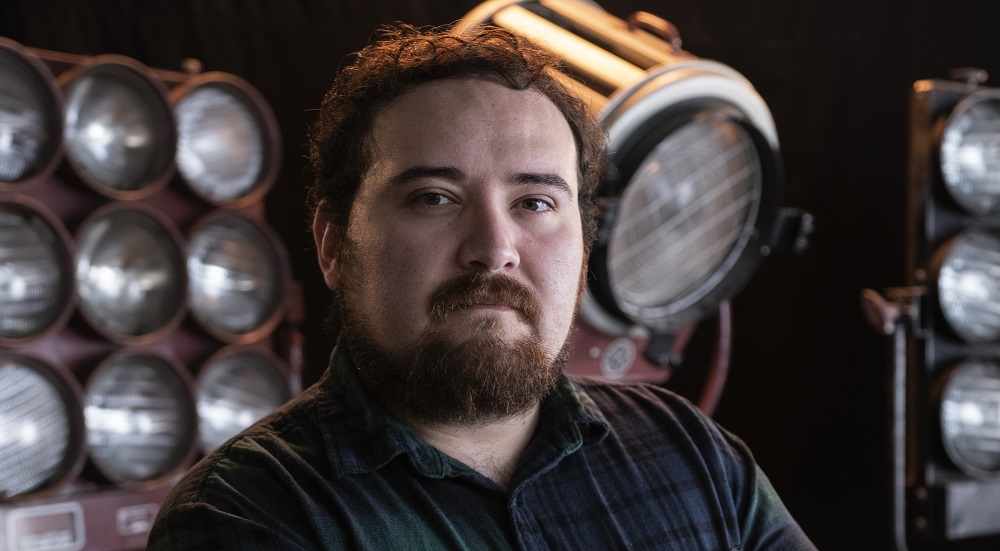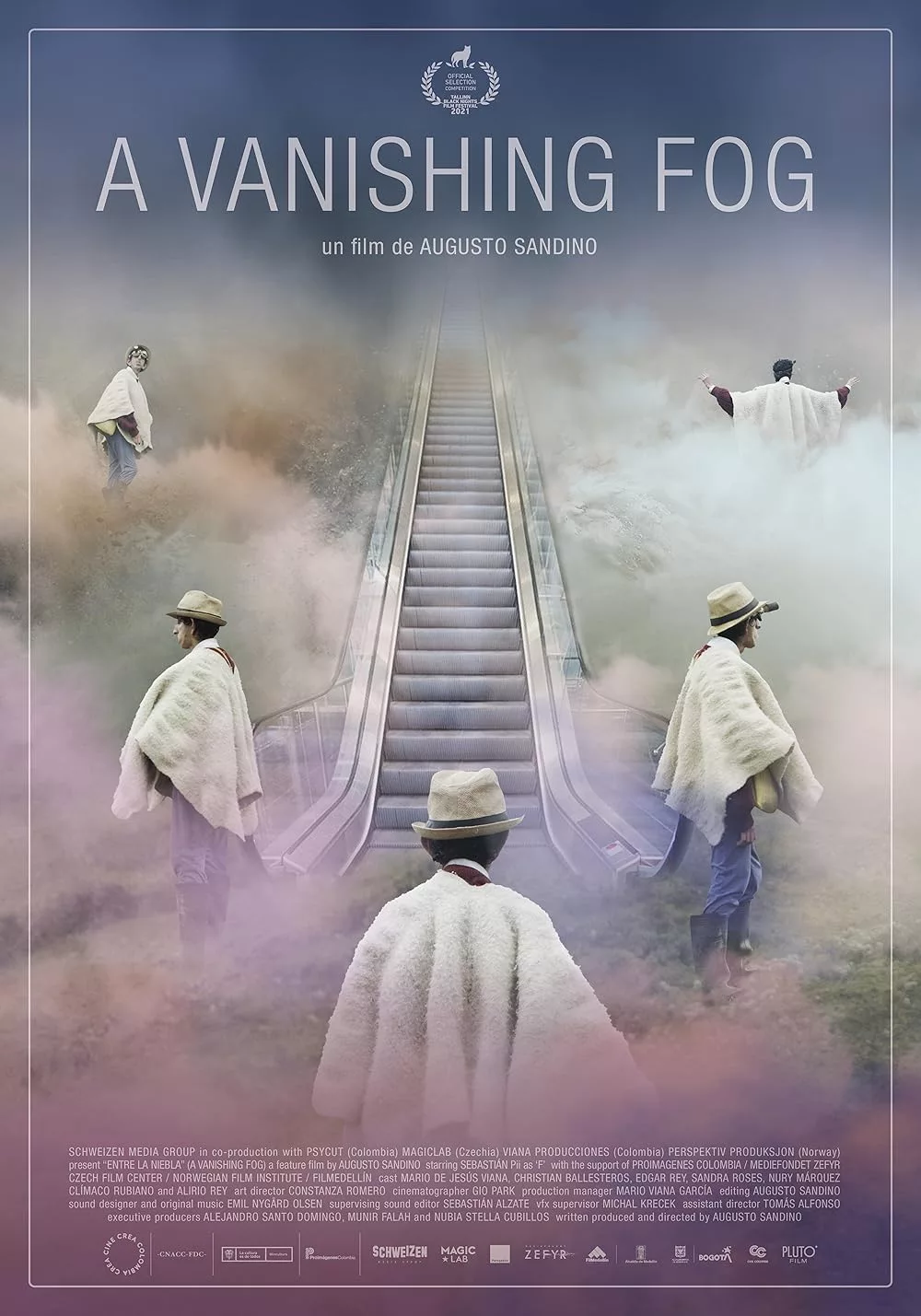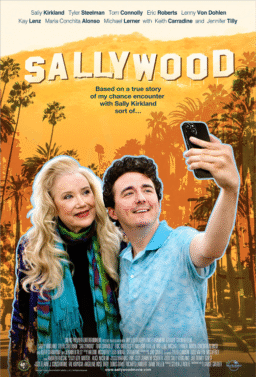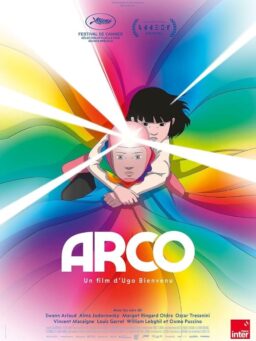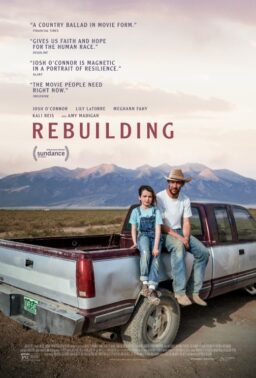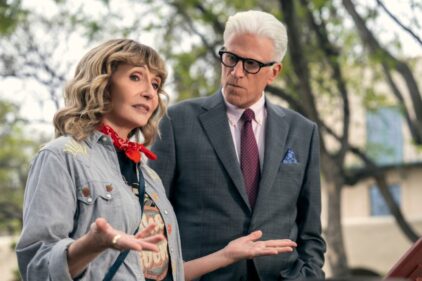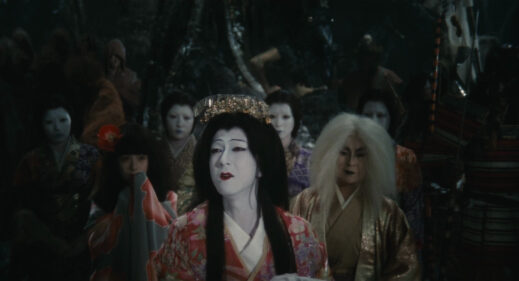Where does an electric escalator that has magically materialized in the middle of a mountainous landscape take you? There, high up where the clouds seem within, one could call it a staircase to heaven. That’s one of the many indelible images in “A Vanishing Fog,” a surrealist cinematic collage from Colombia about a man caring for his elderly father while witnessing how his homeland, bountiful in water and resources, is at the center of an armed conflict and the target of those with greedy intentions and disregard for nature.
Wrapped in poetic mysticism, the feature debut by writer-director Augusto Sandino is the first film ever shot in the Páramo of Sumapaz, an endangered ecosystem among the most vital in the Americas. Guiding us through the otherworldly terrain of this previously unexplored world is F, played by the late photographer Sebastian Pii, whose artistic output often explored the acceptance of his own body living with Hallerman-Streiff syndrome.
F communicates with us via text on screen, not subtitles, but rather a sort of written voiceover in English, where he expresses his inner thoughts poetically, sometimes in cryptic statements. In contrast, other, more lucid ones provide some context to the effectively perplexing imagery that Sandino and cinematographer Gio Park extract from the nature around them. Perpetually foggy, the environment feels inherently otherworldly, which is further enhanced by Sandino’s formal aesthetic choices regarding color correction and Pii’s expressive style as F.
Some of the most bizarre passages focus on F’s sexual desires, often manifested in the fruits and animals around him, and with women in his imagination. Even those unfamiliar with Pii can glean from these uncompromising sequences that they aim to show him as a full-bodied person whose syndrome doesn’t hinder him from being a sexual being. F, as we come to find out, is also an inventor, whose most impressive creation makes for an unassumingly wondrous reveal near the end.
The few other characters F encounters in the area speak in a fictional Indigenous language known as Sunapakún. One man encourages him to sell his land to the businessmen and leave, meanwhile, a charismatic preacher gives an impromptu sermon that implies human sin worsens the more we become estranged from nature. F’s wide-eyed disposition makes him an ideal listener. Still, his feelings, one can infer, are conflicted about whether to surrender the fight or stick around to keep guarding this entrancing place.
At one point, F practices his English with a tape, and later, enveloped in the fog, he screams, in English, “Can anybody hear me?” with sheer desperation. It’s as if, isolated from urban comforts, he knows that English is often the only language that’s listened to in our increasingly globalized reality. Maybe, just maybe, if he pleads in that tongue, someone might pay attention to his plight. Tacit nods like these enrich the thematic palette at hand.
Sandino, alongside sound from Emil Olsen, expands the world of F, or at least how we perceive it, through vibrant soundscapes that convey an added layer of meaning. Early on, as the camera roams the landscape set against a pink-hued sky, the sounds of what appears to be a respirator make clear the moribund condition of the natural world here or perhaps of F’s faith in his ability to save or find a future elsewhere.
Consistently unexpected to a fault, “A Vanishing Fog” is as experiential for the viewer as it is for F/Pii on screen. Its peculiar sensuality (a sensory connection with the land) comes off as more terrestrial than divine; what F finds so alluring is here on Earth and not in the hereafter. That sentiment, off-putting as it’s depicted at times, comes through even in the more meandering instances.
Undoubtedly, Sandino’s bold vision, and even more daring disinterest in clarity while still not making an entirely obtuse picture, will surely be likened to the metaphysical marvels that came out of the mind of Alejandro Jodorowsky. That comparison is warranted; while many films made in Latin America incorporate magical realist flourishes, “A Vanishing Fog” seamlessly weaves these elements into its aesthetic and ideological fabric.

